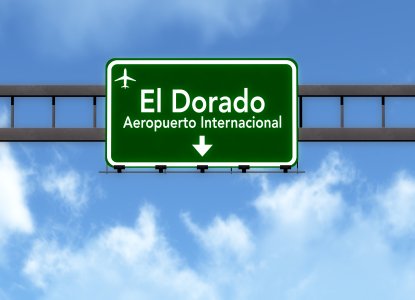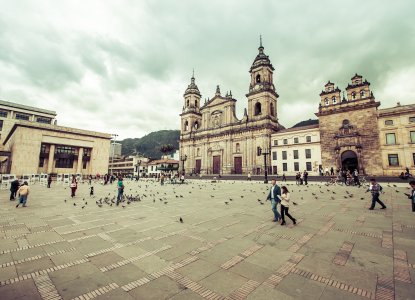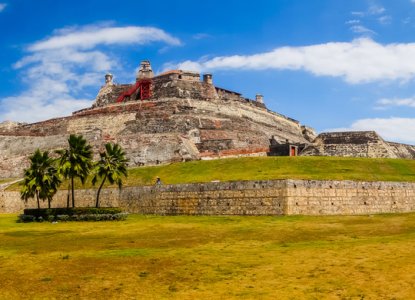Bogota International Airport Guide
Comprising two (domestic and international) terminals, Bogota’s El Dorado International Airport is Colombia’s busiest and the third most trafficked airport in all of Latin America. As the most convenient aviation gateway into the country, Bogota International Airport handles over 50 percent of the a
Read More
 Black Friday sale is now on. Book today and save!
Black Friday sale is now on. Book today and save! 





